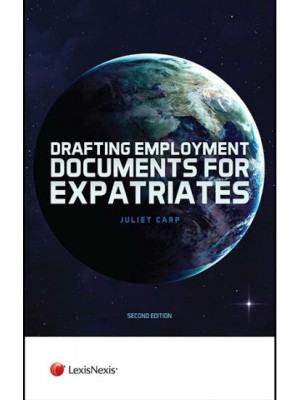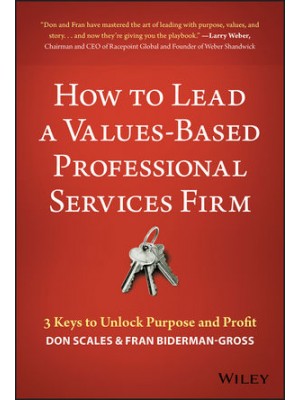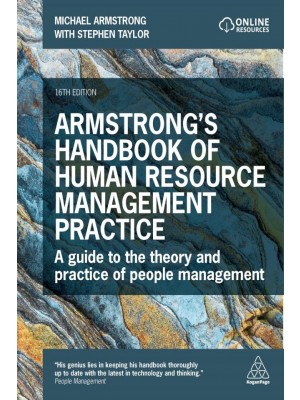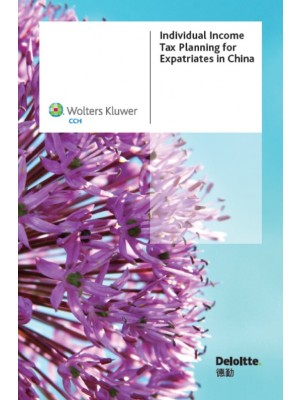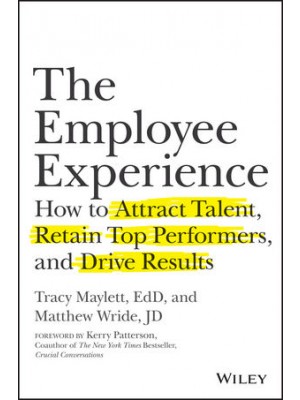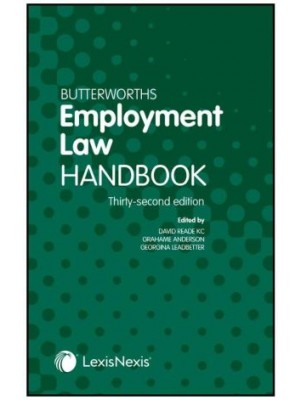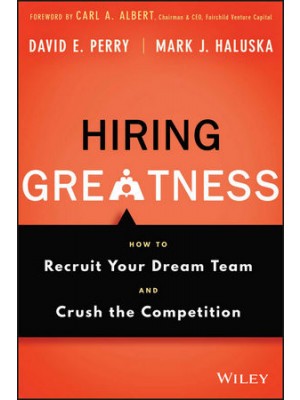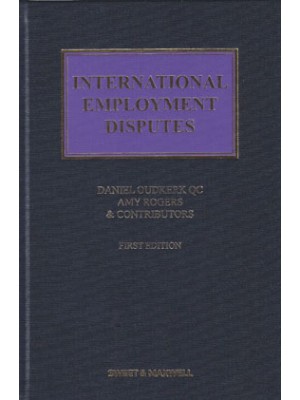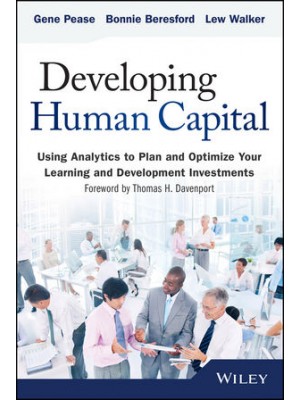Preface xiii
Acknowledgments xv
Chapter 1: Concepts in Working Capital Management 1
Working Capital Concepts 2
Improving Working Capital Management 5
The Significance of Working Capital 8
Cost as the Working Capital Issue 9
Applying These Ideas to a Real Business: Best Buy 12
Summary 15
Notes 16
Chapter 2: Working Capital Ratios and Other Metrics 17
Ratio Analysis 18
Other Ratios and Their Application 22
Other Metrics 23
Benchmarking 27
General Problems in the Use of Ratios and Metrics 29
Summary 32
Notes 32
Chapter 3: Cash—Management and Fraud Prevention 35
Forms of Cash 36
Paper Transactions: Lockboxing 38
Paper Transactions: Depository Accounts 40
Paper Transactions: Controlled Disbursement 41
Electronic Transactions 43
Float and Cost Issues 46
Summary 49
Notes 49
Chapter 4: Cash—Credit and Short ]Term Financial Instruments 51
Developing a Short-Term Forecast 52
Cash Budgeting 53
Credit Financing 55
Short-Term Investments 58
Summary 63
Notes 63
Chapter 5: Managing Bank Relationships 65
The Changing Financial Landscape 66
Bank Relationship Management 66
Cash Mobilization in a Multibank Network 68
General Terms of Credit Facilities 71
Specific Terms in Credit Facilities 72
Ongoing Bank Relationship Concerns 75
Summary 77
Notes 78
Appendix to Chapter 5: Selecting Noncredit Banking Services 81
The Request for Proposal 82
RFP Evaluation 85
Chapter 6: Accounts Receivable and Working Capital Issues 89
Elements of Receivables Management 90
Float Opportunities in Managing Receivables 91
Receivables Cycle Monitoring: Ratios 93
Receivables Cycle Monitoring: The Aging Schedule 94
Sales Financing 96
Credit Reporting 97
Terms of Sale 99
Invoice Generation 100
Asset-Based Financing 102
Debt Collection Agencies 103
Summary 104
Notes 104
Chapter 7: Inventory and Working Capital Issues 107
Elements of Inventory Management 108
Inventory Cycle Monitoring: Ratios 109
Inventory Cycle Monitoring: Metrics 110
The Purchasing Function 112
Analyzing Purchasing Activities 114
EOQ and JIT 116
Work-in-Process 118
ABF: Inventory Financing 120
Summary 123
Notes 123
Chapter 8: Payables and Working Capital Issues 125
Elements of Payables Management 126
Payables Cycle Monitoring: Ratios 127
The Accounts Payable Function 128
Payables Using Internal Processes 131
Payables Outsourcing 133
Check Payments in a Comprehensive Payables Environment 135
Payroll Disbursements 136
Summary 138
Notes 139
Chapter 9: International Working Capital 141
Capitalism Goes Global 142
The Financing of International Transactions 144
The Foreign Exchange Markets 145
Country Risk Analysis 151
Other Significant Issues in International Working Capital 152
Cultural and Corporate Practices Affecting Working Capital 154
Summary 156
Notes 156
Chapter 10: Information and Working Capital 159
Information Technology 160
Bank Information Technology 161
Internet Bank Technology 165
ERP: An Alternative Approach 169
Choosing Working Capital
Information Systems 171
Summary 175
Notes 176
Chapter 11: Managing the Working Capital Cycle 177
Risk and Working Capital 178
Traditional Risk Management 179
Enterprise Risk Management 179
The ERM Process 180
Efficiency and Working Capital 181
Working Capital and Liquidity 183
Suggested Actions 185
Developments in Working Capital Management 189
The Gizmo Deal: How Delays Turn Profits into Losses 190
Summary 192
Notes 192
Chapter 12: Introduction to Working Capital Cases 195
Sequence of the Cases 195
The Concept of the Working Capital Case 196
Case: Widget Manufacturing 198
Suggested Solutions 207
Note 214
CASES ON WORKING CAPITAL MANAGEMENT 215
Case 1: Dinner Bell Hotel 217
Cash Flow Issues 217
Alternative Actions 219
The “Raw” Data 220
Questions 220
Case 2: Koala Fun 223
The Partners’ First Success 223
Financial Concerns 224
Borrowing Issues 225
Working Capital 225
Final Thoughts 226
Questions 226
Case 3: Miller Building Supplies 229
Joseph Miller Starts MBS 230
Variations in Working Capital Requirements 230
A Banker’s Assistance 231
Questions 231
Case 4: Office Smart 235
The Business of Office Smart 236
Financial Issues 237
Questions 238
Case 5: Quacker Cracker 241
The Attitude toward Debt 242
Financial Planning 242
Questions 244
Case 6: Young Brands 245
Changes in YB’s Global Marketing Strategy 246
Forecasting Considerations 247
Working Capital Issues 247
Financial Issues 248
Questions 248
Appendix I: Basic Financial Concepts 251
Appendix II: Websites of Working Capital Organizations 257
Glossary 261
About the Author 279
Index 281













